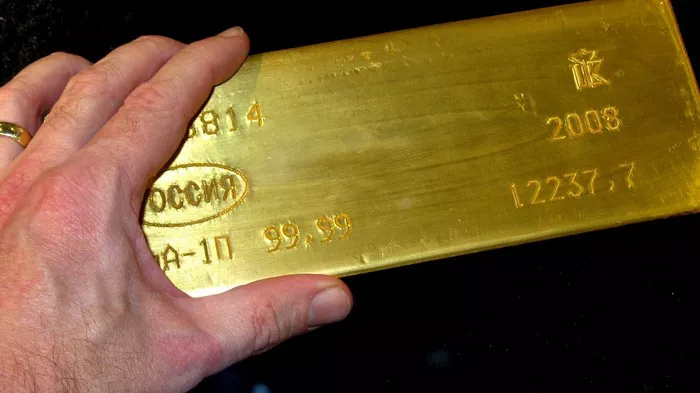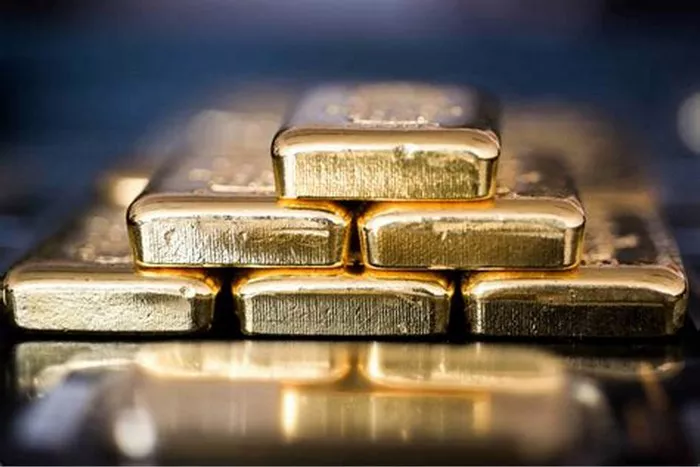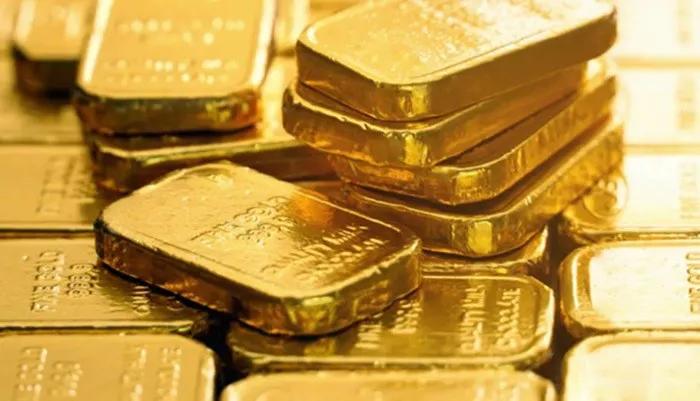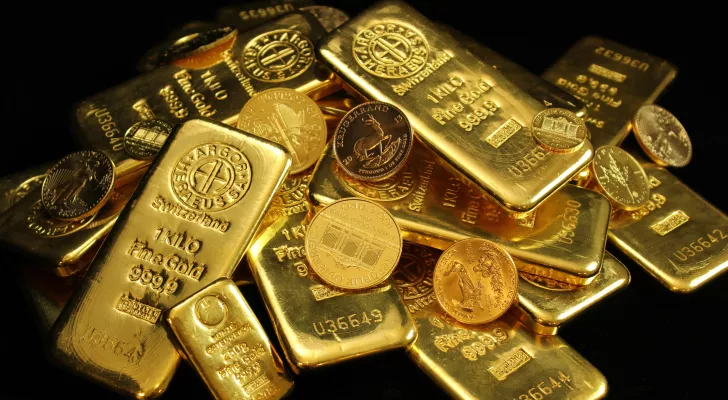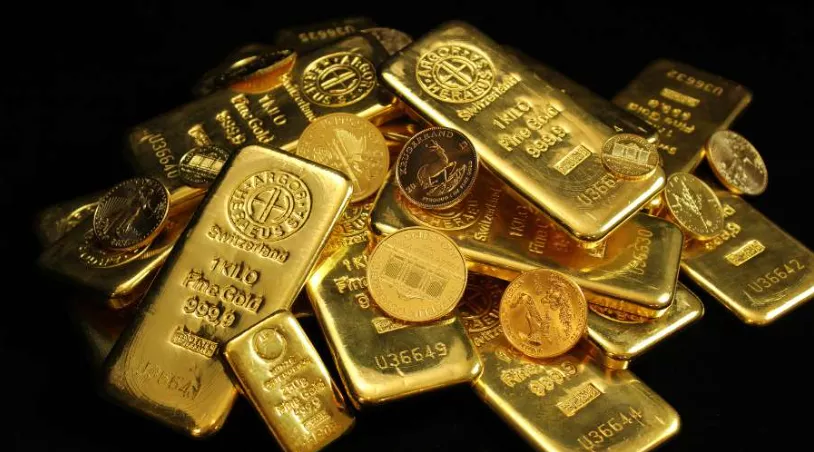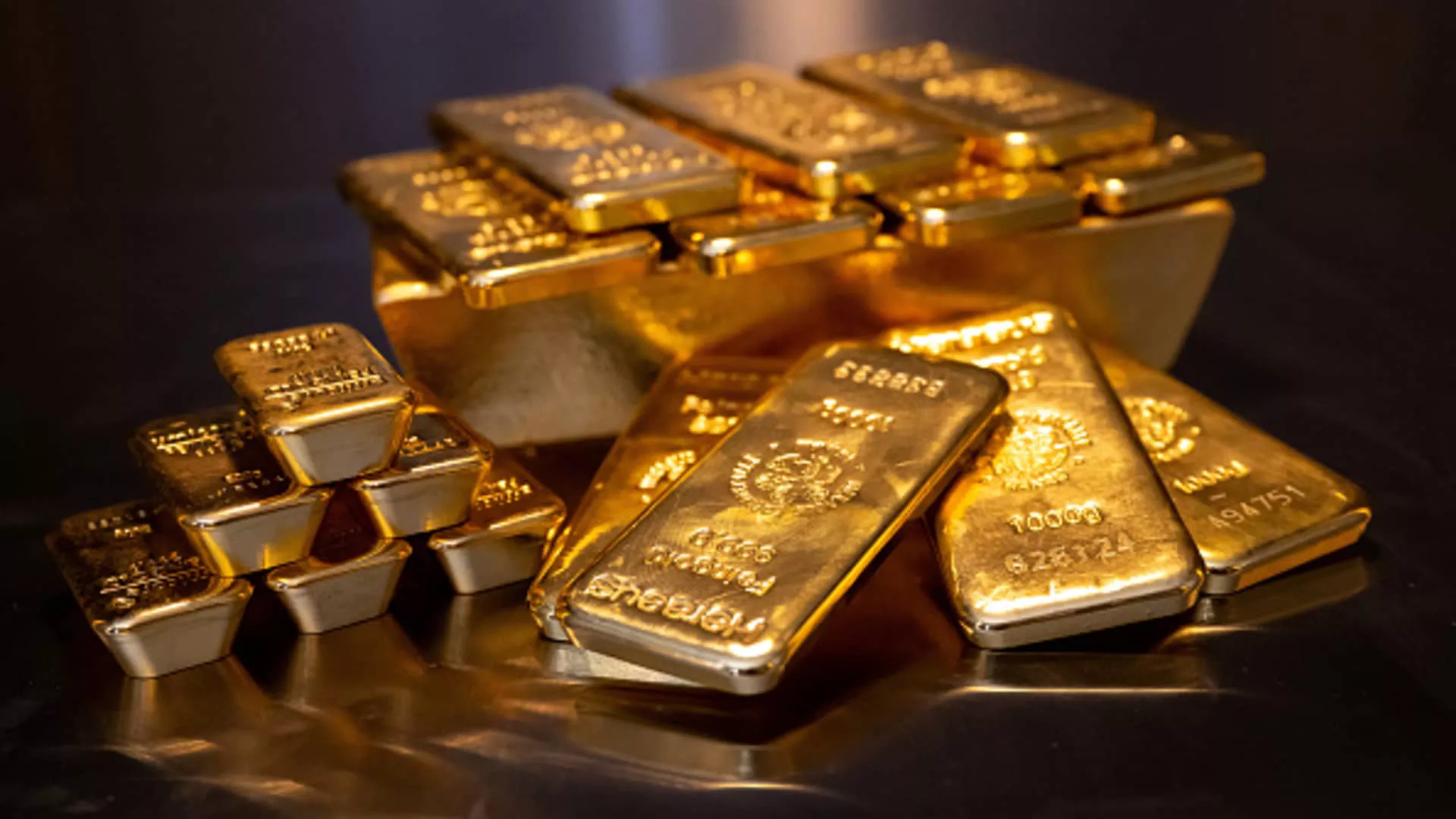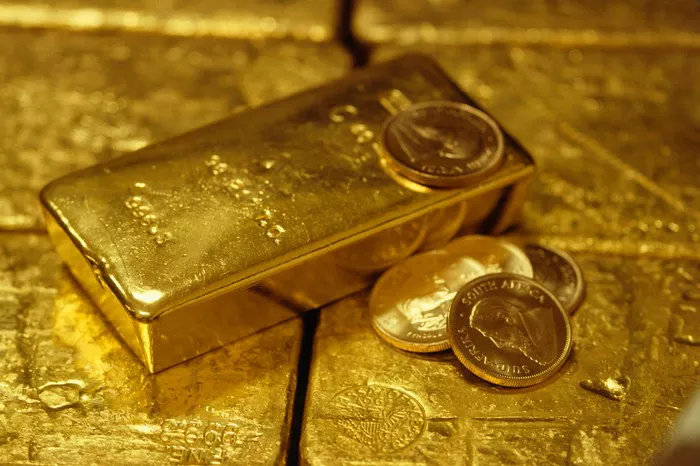Gold has been a symbol of wealth, power, and security for centuries. It is used in everything from jewelry and electronics to investments and central bank reserves. But how much gold is actually in circulation around the world? This article will explore the various aspects of gold circulation, including its history, current supply, and the role of central banks and investors. The goal is to provide an easy-to-understand, objective, and professional overview of the gold market.
Introduction to Gold Circulation
Gold circulation refers to the total amount of gold that is available for use in various forms. This includes gold in jewelry, bullion, coins, and industrial applications, as well as gold held by central banks, governments, and private investors. The amount of gold in circulation is influenced by several factors, including mining production, recycling, and demand from different sectors.
The Historical Context of Gold Circulation
Gold has been mined and used by humans for over 5,000 years. Historically, gold was used as a form of currency and a store of value. Ancient civilizations, such as the Egyptians, Romans, and Greeks, valued gold for its rarity and beauty. Gold coins were widely used in trade, and gold reserves were held by rulers and empires as a symbol of power and wealth.
The discovery of new gold deposits, such as those in the Americas during the 16th century, significantly increased the amount of gold in circulation. The gold rushes of the 19th century, particularly in California and Australia, further boosted global gold supply.
Gold in the Modern Era
In the modern era, gold is no longer used as a currency, but it remains a vital part of the global financial system. The gold standard, which was widely adopted in the 19th and early 20th centuries, pegged the value of currencies to a specific amount of gold. Although the gold standard has been abandoned, gold continues to play a critical role in international finance.
Today, gold is primarily used in jewelry, electronics, and as an investment. Central banks and governments also hold significant gold reserves as part of their foreign exchange reserves. The amount of gold in circulation has grown steadily over the years, driven by new mining production and recycling of existing gold.
How Much Gold Has Been Mined?
Global Gold Production
Since the beginning of recorded history, approximately 201,296 metric tons of gold have been mined. This may seem like a large amount, but it is important to remember that gold is extremely dense, so all the gold ever mined would fit into a cube with sides measuring just 21.7 meters (about 71 feet).
Global gold production has increased significantly in the past century. Advances in mining technology and the discovery of new gold deposits have contributed to this growth. The world’s leading gold-producing countries include China, Australia, Russia, the United States, and Canada.
Current Gold Production Rates
As of 2023, annual global gold production is estimated to be around 3,500 metric tons. However, gold production rates have shown signs of stabilizing or even declining in recent years. This is due to the depletion of easily accessible gold deposits and the increasing cost of mining.
Recycling of Gold
In addition to new mining, recycled gold is a significant source of gold in circulation. Gold is highly durable and can be recycled indefinitely without losing its properties. Approximately 1,200 metric tons of gold are recycled each year, primarily from old jewelry, electronics, and industrial applications.
See Also: 8 Uses of Liquid Gold
Gold in Circulation: The Current Supply
Gold in Jewelry
Jewelry is the largest single use of gold, accounting for approximately 48% of the gold in circulation. The demand for gold jewelry is particularly strong in countries like India and China, where gold is traditionally seen as a symbol of wealth and status. It is estimated that there are around 94,000 metric tons of gold in jewelry worldwide.
Gold in Bullion and Coins
Gold bullion and coins are another major form of gold in circulation, representing around 21% of the total supply. Investors often buy gold bullion and coins as a hedge against inflation and economic uncertainty. The total amount of gold held in bullion and coins is estimated to be around 42,000 metric tons.
Gold in Technology and Industry
Gold is also used in various industrial applications, particularly in electronics. Its excellent conductivity and resistance to corrosion make it ideal for use in components like connectors, switches, and relays. However, the amount of gold used in industry is relatively small, accounting for about 8% of the total gold in circulation. This translates to approximately 16,000 metric tons of gold in industrial use.
Gold Held by Central Banks and Governments
Central banks and governments are significant holders of gold, with reserves totaling around 35,000 metric tons. This represents about 17% of the total gold in circulation. Gold reserves are used by central banks as a store of value and a hedge against currency fluctuations. Countries with the largest gold reserves include the United States, Germany, Italy, France, and Russia.
Private Investment in Gold
Private investors also hold a considerable amount of gold, often in the form of exchange-traded funds (ETFs) or physical bullion. It is estimated that private investors hold around 14% of the total gold in circulation, or about 28,000 metric tons. Investment demand for gold tends to increase during periods of economic uncertainty or geopolitical tension.
The Role of Central Banks in Gold Circulation
Why Central Banks Hold Gold
Central banks hold gold as part of their foreign exchange reserves for several reasons. Gold is seen as a safe-haven asset that retains its value over time, even during economic crises. It also provides diversification for reserves, reducing reliance on any single currency. Additionally, gold can be used as collateral for loans or other financial transactions.
Changes in Central Bank Gold Holdings
In recent years, central banks have been net buyers of gold, reversing a trend of selling gold that began in the late 20th century. Countries like Russia, China, and India have significantly increased their gold reserves, while others, such as the United States and European nations, have maintained stable holdings.
Impact on Gold Prices and Circulation
The actions of central banks can have a significant impact on gold prices and circulation. When central banks buy gold, it can drive up prices and reduce the amount of gold available for other uses. Conversely, when central banks sell gold, it can increase the supply and potentially lower prices. However, central banks tend to hold onto their gold reserves for long periods, so their influence on short-term price movements is limited.
Private Investment and Gold Circulation
Gold as an Investment
Gold has long been considered a safe investment, particularly during times of economic uncertainty. Investors often turn to gold as a hedge against inflation, currency devaluation, and geopolitical risks. Gold investments can take many forms, including physical gold (bullion and coins), gold ETFs, and gold mining stocks.
Factors Influencing Investment Demand
Several factors influence investment demand for gold, including economic conditions, interest rates, inflation expectations, and geopolitical tensions. When investors are concerned about the stability of financial markets or the value of fiat currencies, demand for gold tends to rise.
Impact on Gold Circulation
The level of private investment in gold can have a significant impact on the amount of gold in circulation. When demand for gold as an investment increases, more gold is taken off the market and held in private vaults or investment accounts. This can reduce the amount of gold available for other uses, such as jewelry or industrial applications.
Conclusion
The amount of gold in circulation is a dynamic figure, influenced by a wide range of factors, including mining production, recycling, central bank policies, and private investment demand. As of 2023, approximately 201,296 metric tons of gold have been mined throughout history, with significant portions held in jewelry, bullion, coins, and central bank reserves.
Gold’s unique properties and enduring appeal ensure that it will continue to play a vital role in the global economy. Whether as a store of value, a medium of exchange, or a material for industrial use, gold remains one of the most important and sought-after resources in the world.
Understanding the factors that influence gold circulation can provide valuable insights for investors, policymakers, and anyone interested in the precious metals market. As the global economy evolves, the role of gold in circulation will undoubtedly continue to change, reflecting the shifting dynamics of supply, demand, and financial stability.
Related topics:

